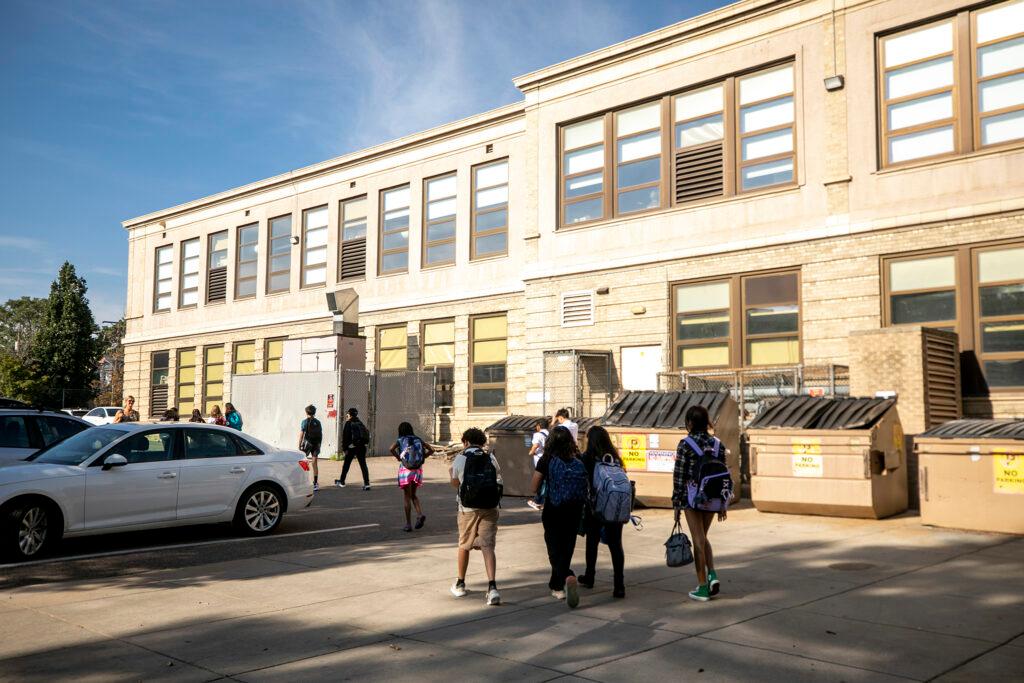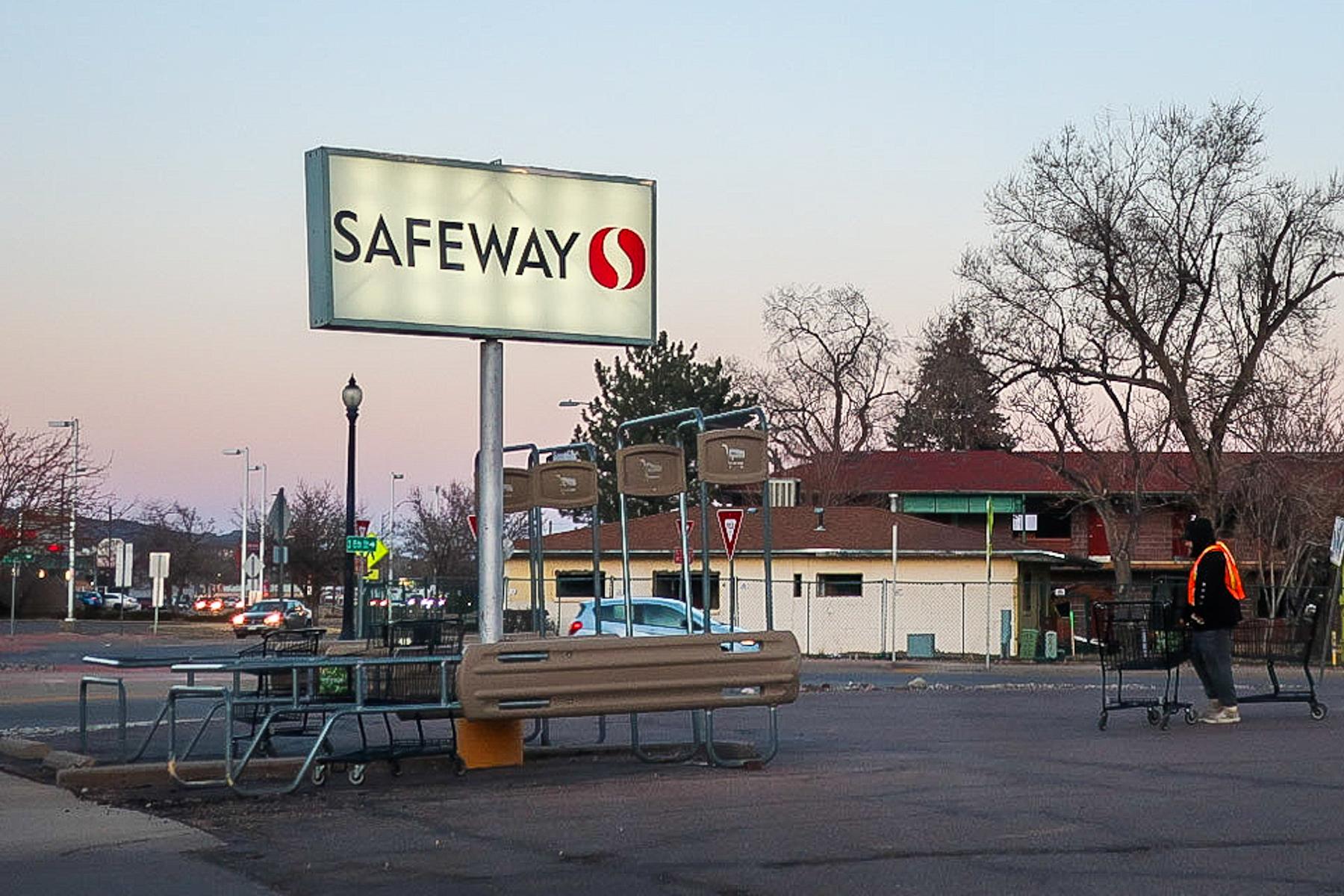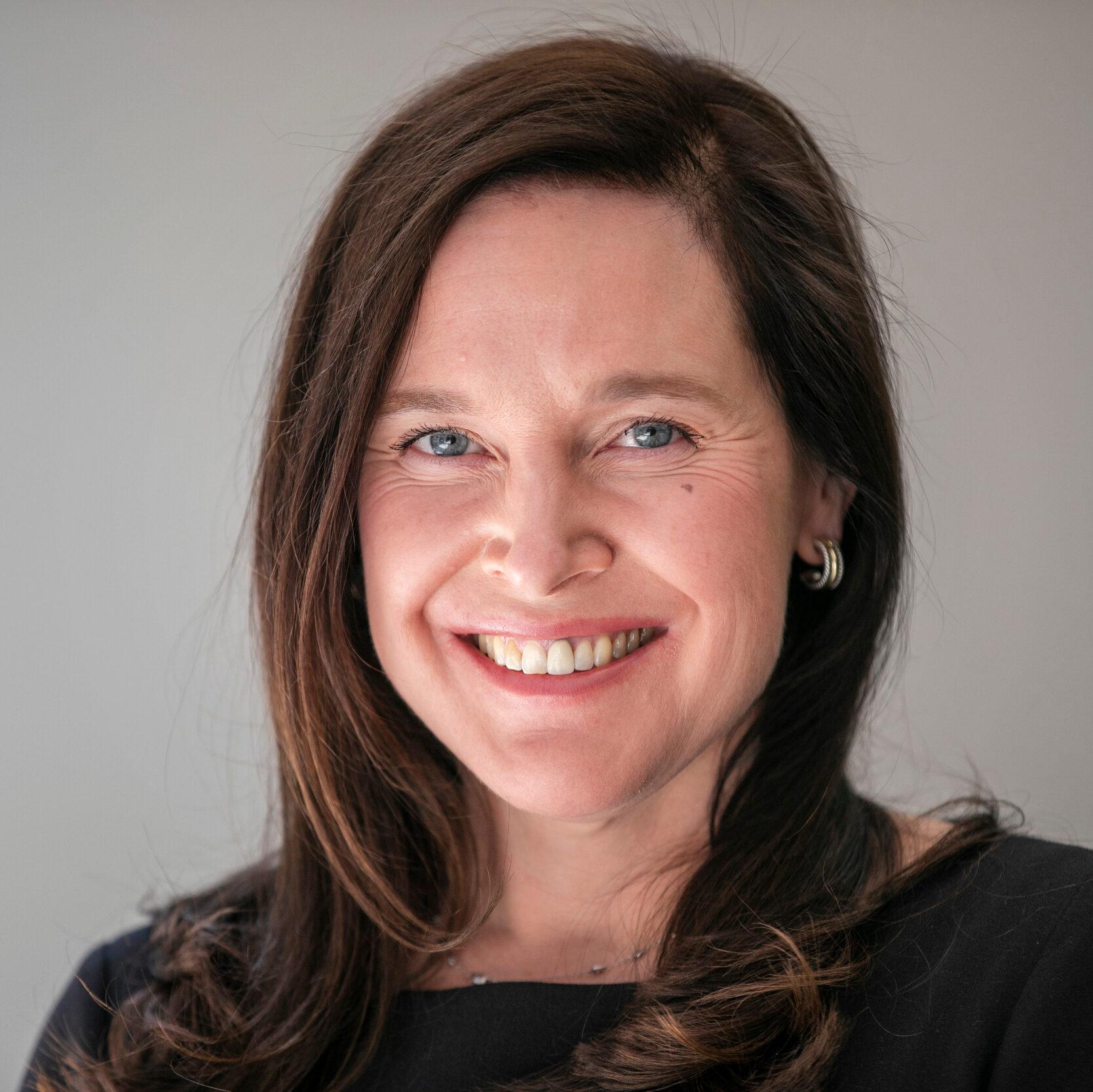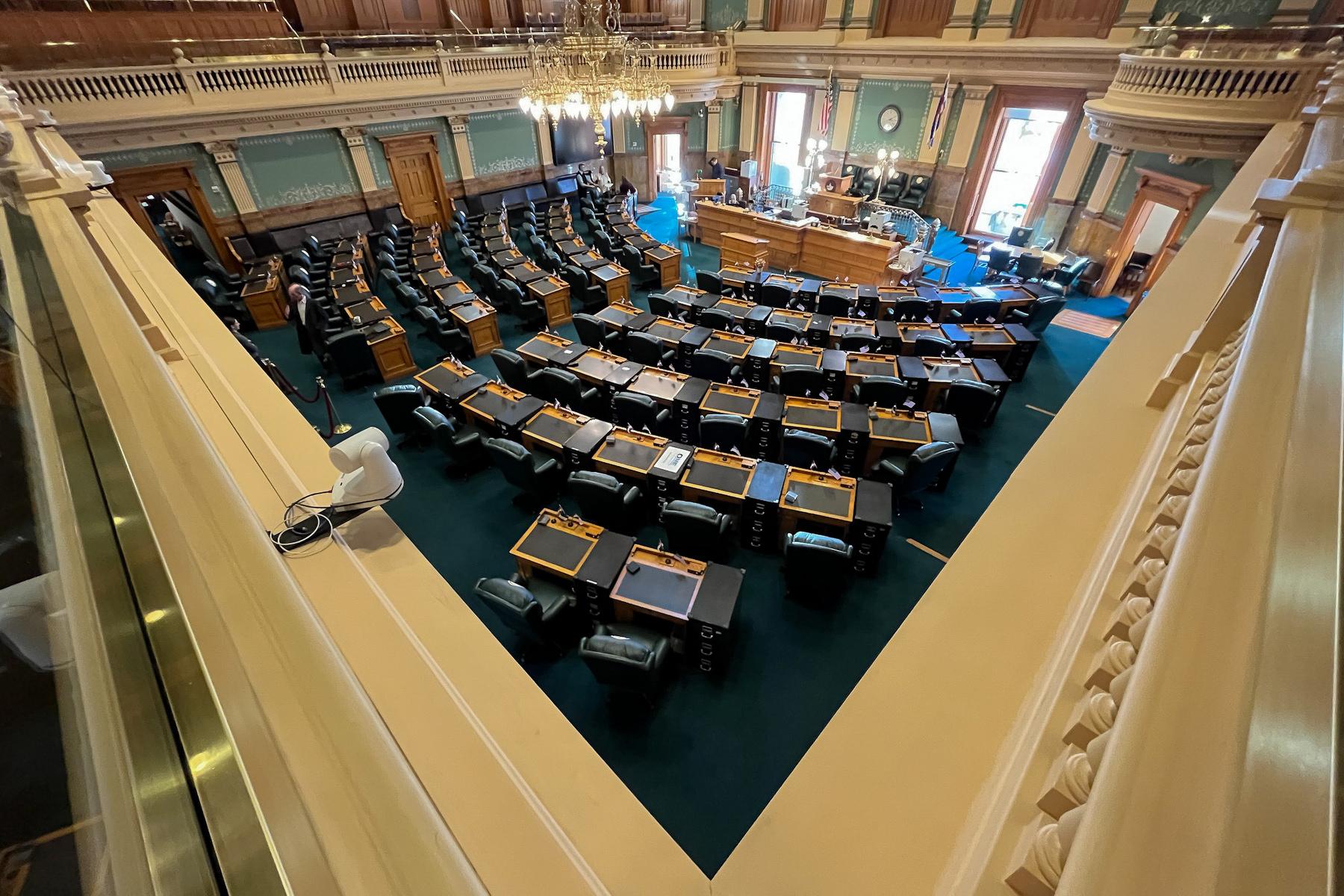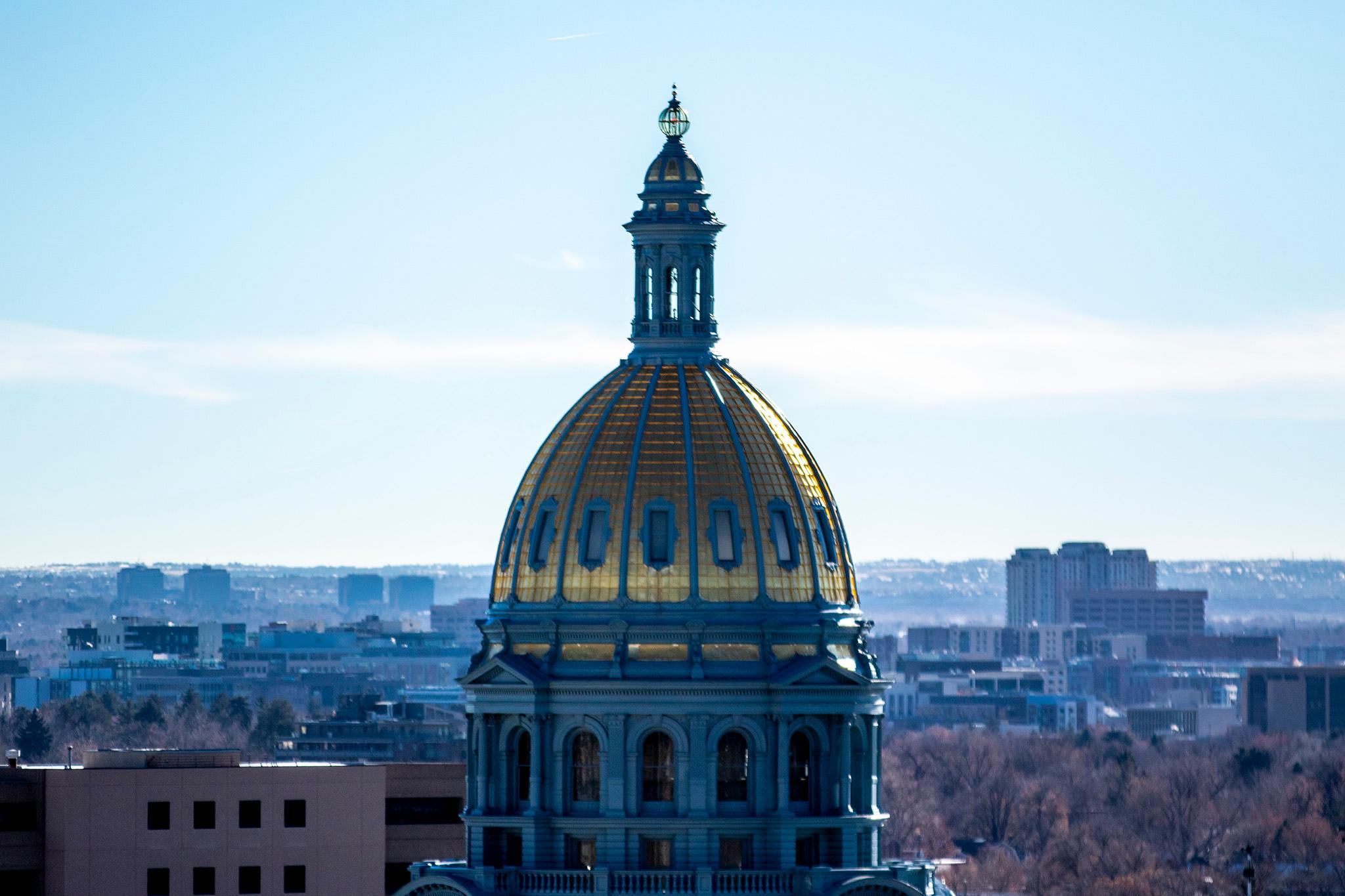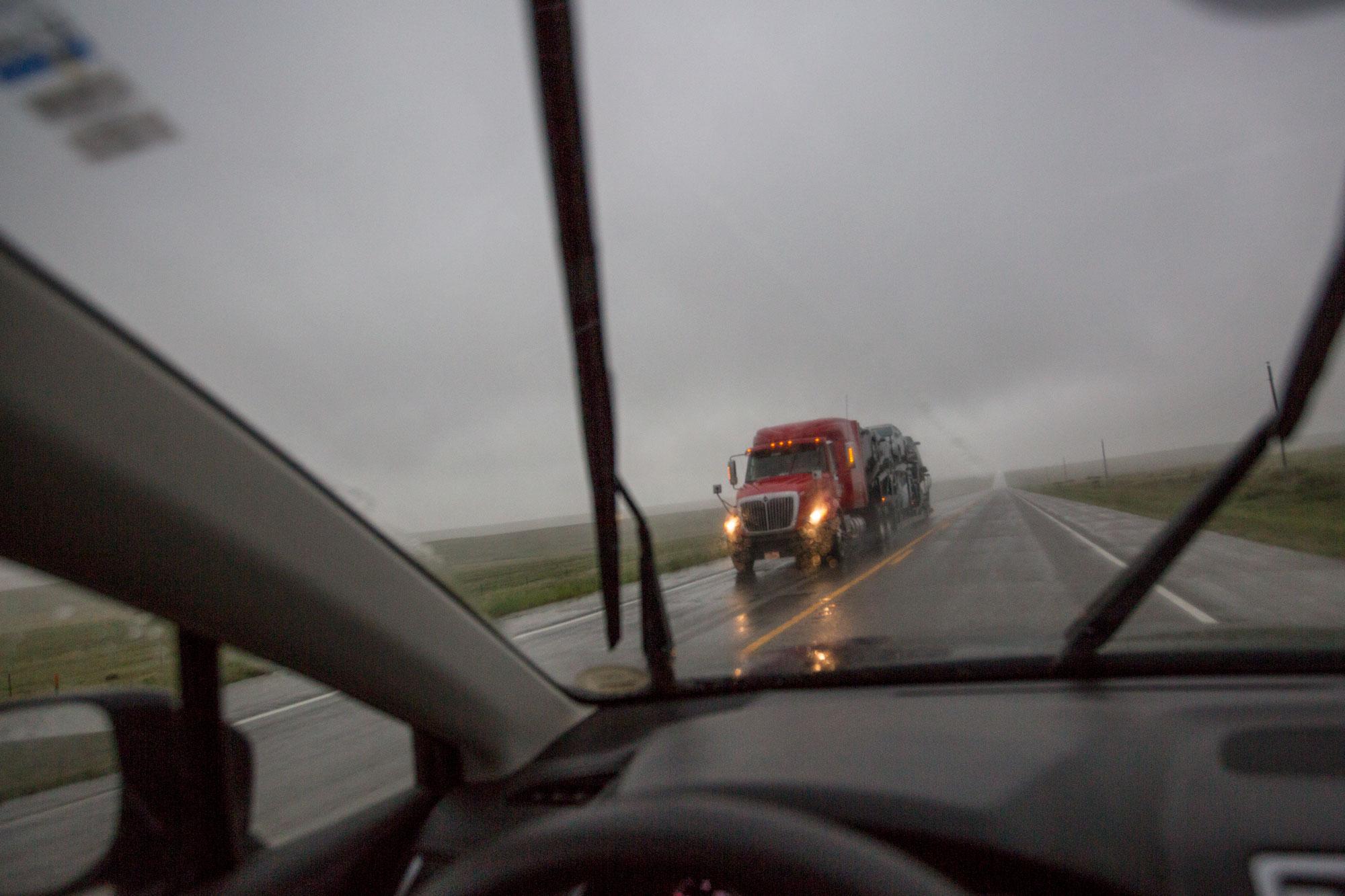
Republican Sen. Cory Gardner has introduced a bill that would designate a Texas-to-Colorado corridor that slices through the state’s Eastern Plains for a future interstate.
“With Colorado’s population growing at one of the fastest rates in the country, it is critical that we are making necessary investments in our state’s infrastructure,” Gardner said in a press release. Gardner, a native of Yuma on the Eastern Plains, is up for re-election this fall.
A group of business and governments has been pushing for decades for a new interstate along the so-called Ports-to-Plains Corridor, which could eventually stretch north to the Canadian border. They say it would help improve safety for the truckers that use and the people that live along the existing two-lane highways.
A wider highway could also move truck traffic off already congested roads like Interstate 35 through the heart of the Midwest and Interstate 25 in Colorado. Recent modeling from the Colorado Department of Transportation shows that about 1,100 trucks per day would use a new four-lane highway between Brush and Limon, one stretch of the proposed new interstate.
“No one believes that I-25 is the final answer in Colorado,” Joe Kiely, a Limon-based vice president for the Ports-to-Plains Alliance, told the Colorado Transportation Commission in August. “There's got to be something else into the future. And the question is, when does that take place?”
Gardner’s bill would not provide new funding for the highway. Designation is “just a way of attracting attention to the project and getting everyone to agree to prioritize it ahead of other state priorities,” said Jeff Davis, a senior fellow with the Eno Center for Transportation.
But it’s not clear that CDOT thinks the corridor should be a priority. CDOT Executive Director Shoshana Lew recently told Congress that her agency does not oppose a new north-south Eastern Plains interstate, but it doesn’t have the ability to pay for it either.
“CDOT does not have the roughly $3 billion it would cost to bring the facilities up to interstate standards, and does not project to have the resources to accomplish the task in the next twenty years,” CDOT Executive Director Shoshana Lew wrote in a letter earlier this year.
A formal designation as a future interstate could help jump start the planning phase — feasibility and environmental impact studies, for example — that is necessary to one day attract federal funding, Kiely said.
"It begins discussion on that process,” Kiely said in an interview. “Texas is farther ahead than Colorado in that process. But you need to connect interstate to interstate to make all of this work. You can't just stop at a state line."
Even so, the federal government would cover no more than 80 percent of construction costs, Davis said. That leaves a relatively large bill for the state, which plans to spend just $4.8 billion on its highest-priority projects over the next 10 years.
Lew also told the Transportation Commission that the state already has plans to add less costly improvements, like wider shoulders and new passing lanes, to highways that could address safety issues.
"I worry about getting distracted by something that's not going to happen in the foreseeable future, such that we risk taking that focus away from the safety enhancements across the state — including the Eastern Plains,” Lew said.
Despite the state’s hesitation, Eastern Plains communities like Lamar say a new interstate could be beneficial. It could help move truck traffic off Lamar’s Main Street, where they rumble through downtown and past the local middle school, and around the city of nearly 8,000.
Lamar Mayor Kirk Crespin also hopes a future interstate would lead to more economic growth in his corner of the state.
“This would give us the opportunity to position ourselves more as a regional hub for southeastern Colorado,” he said.
But even if Gardner’s legislation were to pass and funding were identified, Kiely said such visions could still take decades to turn into reality. He laughed when asked whether he will ever see the project completed.
“I'm 68 years old. I don't know,” he said. “I wish I were 24. Then I'd say, 'You bet.'"

